Gavin Newsom’s huge achievement: Closing death row. But does it play in 2024?
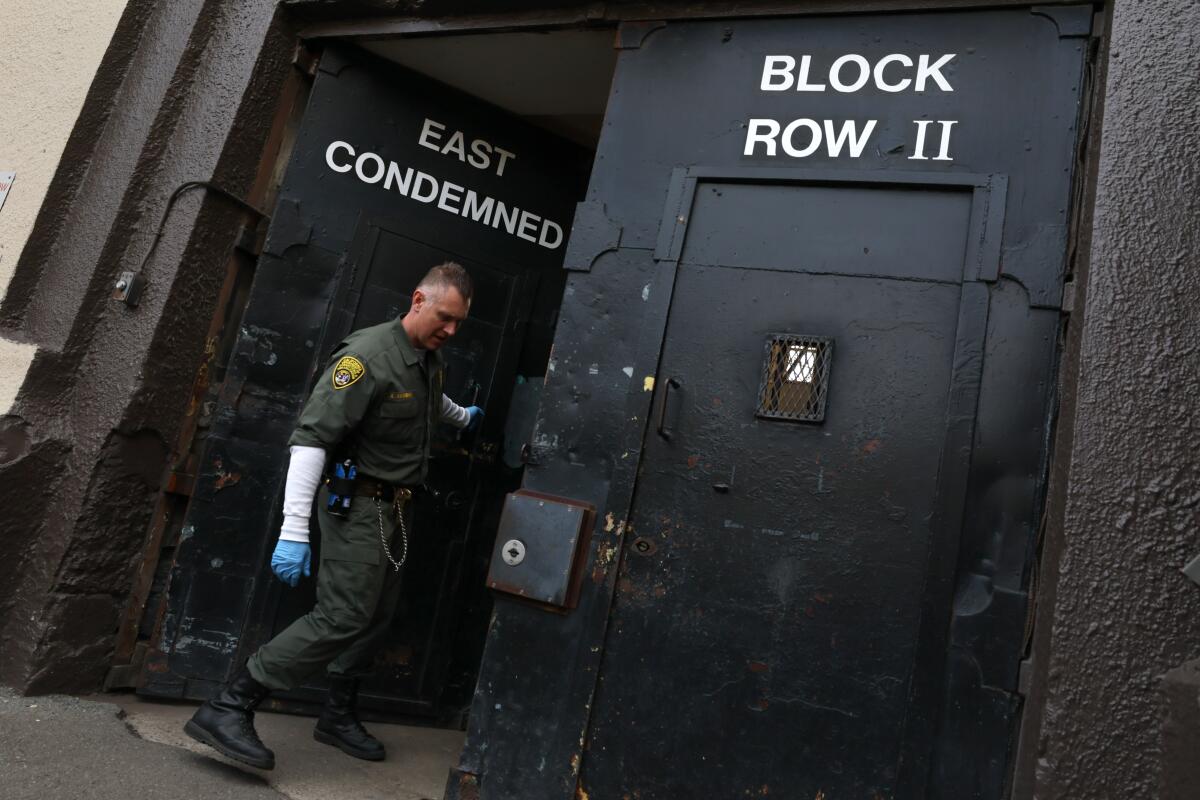
- Share via
Get our L.A. Times Politics newsletter
The latest news, analysis and insights from our politics team.
You may occasionally receive promotional content from the Los Angeles Times.
Gov. Gavin Newsom has been one of the most progressive governors on criminal justice reform, but he doesn’t really want to hype that right now.
There’s no bigger example of this than death row, which I had a chance to visit last week.
A Hollywood set designer could not do better when it comes to decrepit horror.
The men are confined up to 148 hours each week in narrow concrete cells, 4 feet wide, layers of drab-colored institutional paint chipping off the walls. That’s about 20 hours every seven days for exercise, showers, sunlight.
The rest of the time they are locked behind bars covered with steel mesh so dense it was impossible to see through until I stuck my nose right up against it.
No one leaves those cages without chains — on their waists and wrists. Seriously, I saw an old guy chained to his walker.
But corrections officer Andrei Akinshin, who has guarded the giant black doors at the entrance of death row for more than a decade, told me he’s loved every minute of it. He likes the camaraderie of the isolated cellblock, and hearing the stories of the occupants, many of whom have lived there for decades.
“The inmates are human beings,” he said. “I am going to be sad to see them go.”
Grim setting, no reaper
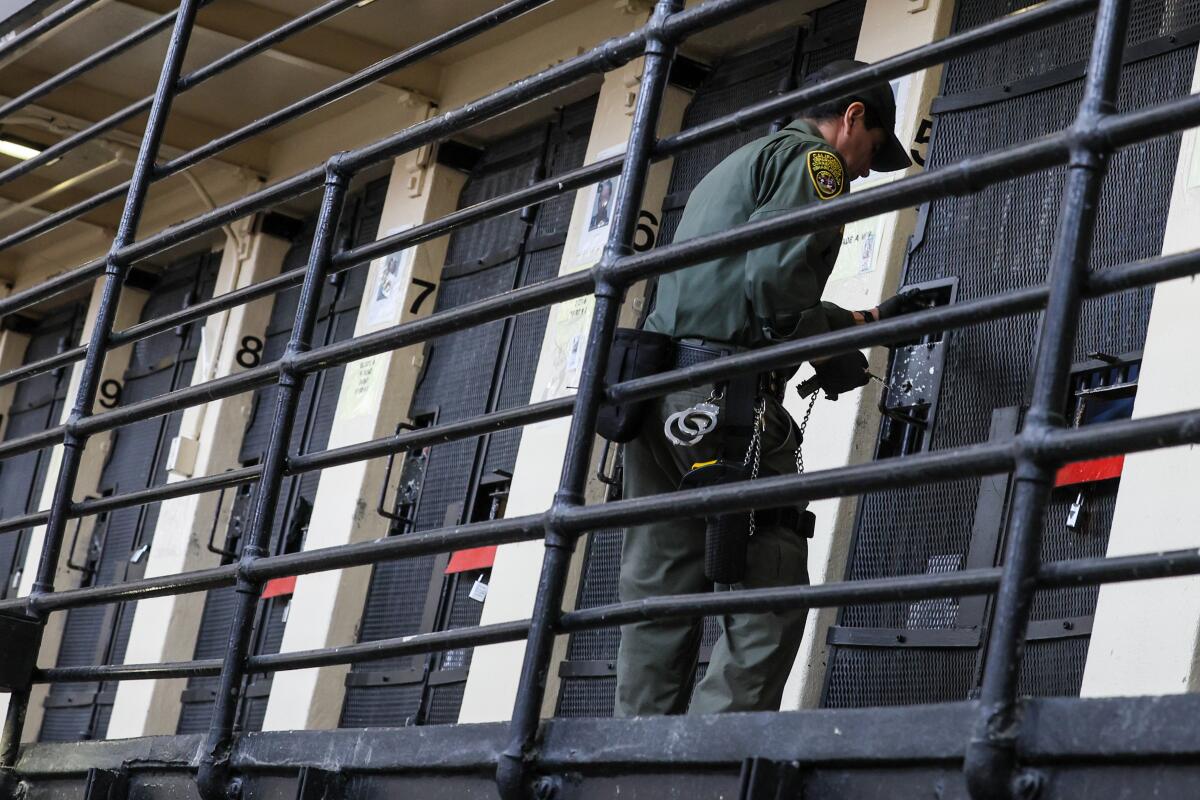
By the end of summer, they will be gone and death row will no longer exist.
No one has been executed in California in decades, and Gov. Gavin Newsom announced in 2019 that no one will be under his watch.
He dismantled the death chamber and promised to do away with death row as a segregated (and expensive) cellblock, instead moving the condemned inmates to the general population. More than 100 men have already been transferred, as have all 20 of California’s condemned women.
Along with the announcement last week from the California Department of Corrections and Rehabilitation that the demise of death row is imminent, three other pieces of death penalty news dropped this week:
- Donald Trump renewed his call for a mandatory death penalty for the killing of law enforcement officers at the memorial for a slain New York detective.
- Santa Clara County Dist. Atty. Jeff Rosen is asking that 15 death penalty convictions from his county be converted to life without parole (LWOP), citing inherent problems with capital punishment including systemic racism (an L.A. Times exclusive).
- In a Friday hearing, Richard Allen Davis, who in 1993 kidnapped and killed 12-year-old Polly Klaas, will ask for his capital punishment conviction to be recalled based on a law that went into effect in 2022. Polly’s father, Marc Klaas, is unsurprisingly extremely opposed to that.
Politics is not subtle
Marc Klaas is a high-profile advocate for tougher crime penalties who has suffered a loss that is hard for me to even imagine. His opposition to giving Davis life without parole will likely draw media attention to the hearing and the overall issue, which you can read about here.
Klaas told me that he sees Newsom’s move to close death row and the possible re-sentencing of Davis as linked.
“In my mind, those two things completely and totally negate the sentence that was handed down by the judge in this case,” he said. “It just seems like everything is falling apart.”
For the record, I completely understand Klaas’ position. Polly’s murder was horrific, and he fears a lesser sentence could allow Davis to cause harm behind bars — to other prisoners, through greater ability to contact the outside world.
Clarence Ray Allen, the last man executed in California, arranged the murder of three people — while he was serving a life sentence, Klaas points out.
“The only way really to stop the influence of any of these characters is to carry out the sentence, to execute them,” Klaas argues.
But I also think Rosen’s move to address what he sees as systemic wrongs is brave and based on a genuine desire to ensure that most fundamental and least-achieved principle of American justice: equality under the law. Black people comprise 35% of those on death row, despite being only 7% of California’s population.
There is no ambiguity that race places a part in capital cases — whether it’s the color of the defendant or the victim, or the inherent biases of prosecutors, juries and judges.
Klaas said that, like Rosen, he doesn’t “appreciate or accept racism in any form.”
Still, the fact remains that whether Davis (who is white) is re-sentenced or not, he no longer lives on death row and Newsom did that.
Davis has already been moved to a correctional medical facility in Stockton, where there will be no chains when he leaves his cell, and he could have the opportunity to work (with most of his pay going toward restitution) or take part in other programs.
There is, of course, nothing a politician hates more than nuance and complexity. And as Rosen and Klaas show, the death penalty debate is nothing but nuance and complexity.
Back to the ‘90s
I am betting that in coming days, we see these death penalty/death row moves added to the “failed California” narrative.
When Newsom made his sentiments about the death penalty public in 2019, criminal justice reform was a safe bet for a Democratic governor.
But in 2024, the political landscape couldn’t be more different, despite declining violent crime numbers. California is sliding back toward a tough-on-crime attitude, driven largely by an increase in organized retail left and the fentanyl crisis that has manifested on streets in places such as San Francisco.
Most of you are aware that the right-wingers have seized on highly troubling scenes of poverty, mental illness, addiction and despair as proof that Democratic policies — largely criminal justice reform — have failed, endangering public safety.
It’s a literal election-year street fight with presidential implications, both for Biden and Newsom (because we all know the gov would someday like to be the prez).
You’ve probably also noticed that Newsom has been slowly shuffling right when he talks about crime.
He’s sent National Guard troops into San Francisco’s Tenderloin. He’s backing more surveillance cameras in Oakland. He’s used the California Highway Patrol like a strike team, from policing city streets to running complex retail theft operations.
But death row is proof that despite the tough talk, Newsom is still pushing boundaries on criminal justice reform.
What else you should be reading
The must-read: Who is Don Hankey, the L.A. billionaire who financed Donald Trump’s appeal bond? (L.A. Times)
The only in America: This wealthy Bay Area town is the first in California to have its housing element revoked (SF Chronicle)
The L.A. Times Special: Prosecutors put men on death row. This one wants to take them off
Stay Golden,
Anita Chabria
P.S. Times photographer Robert Gauthier was with me at death row. Here’s some of what he captured.
1
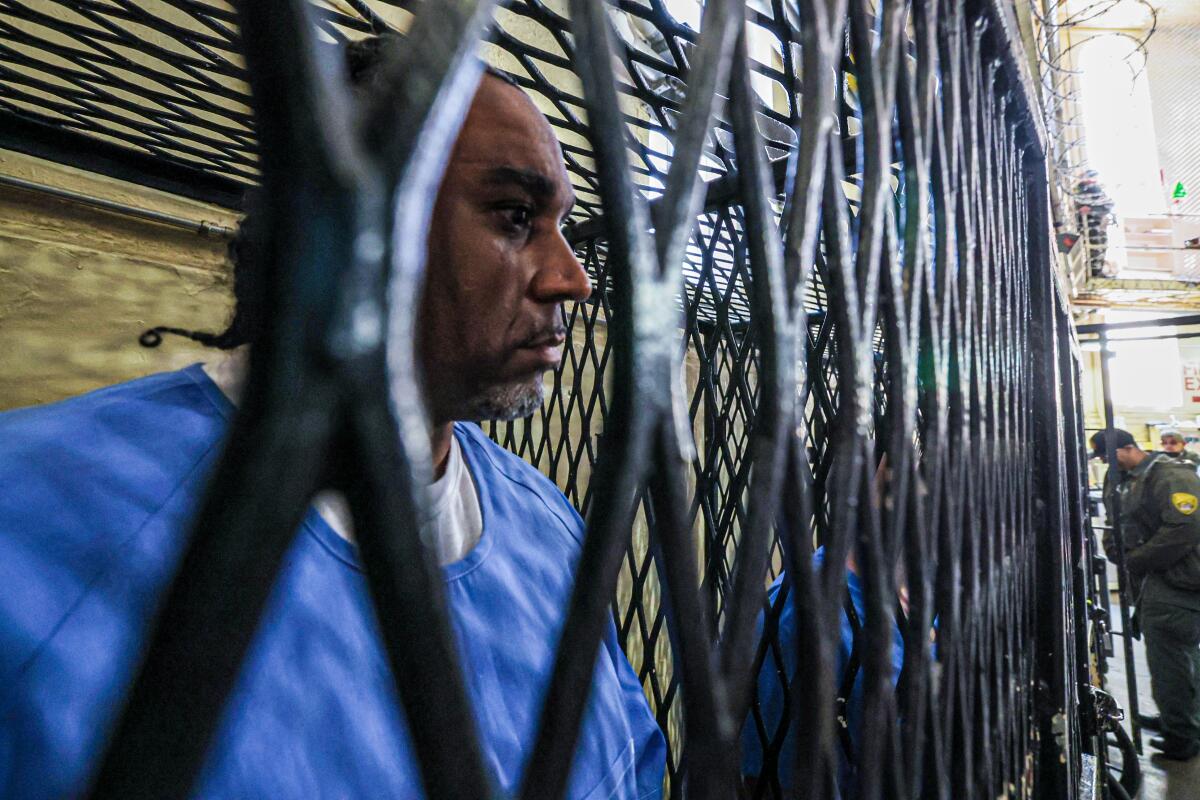
2
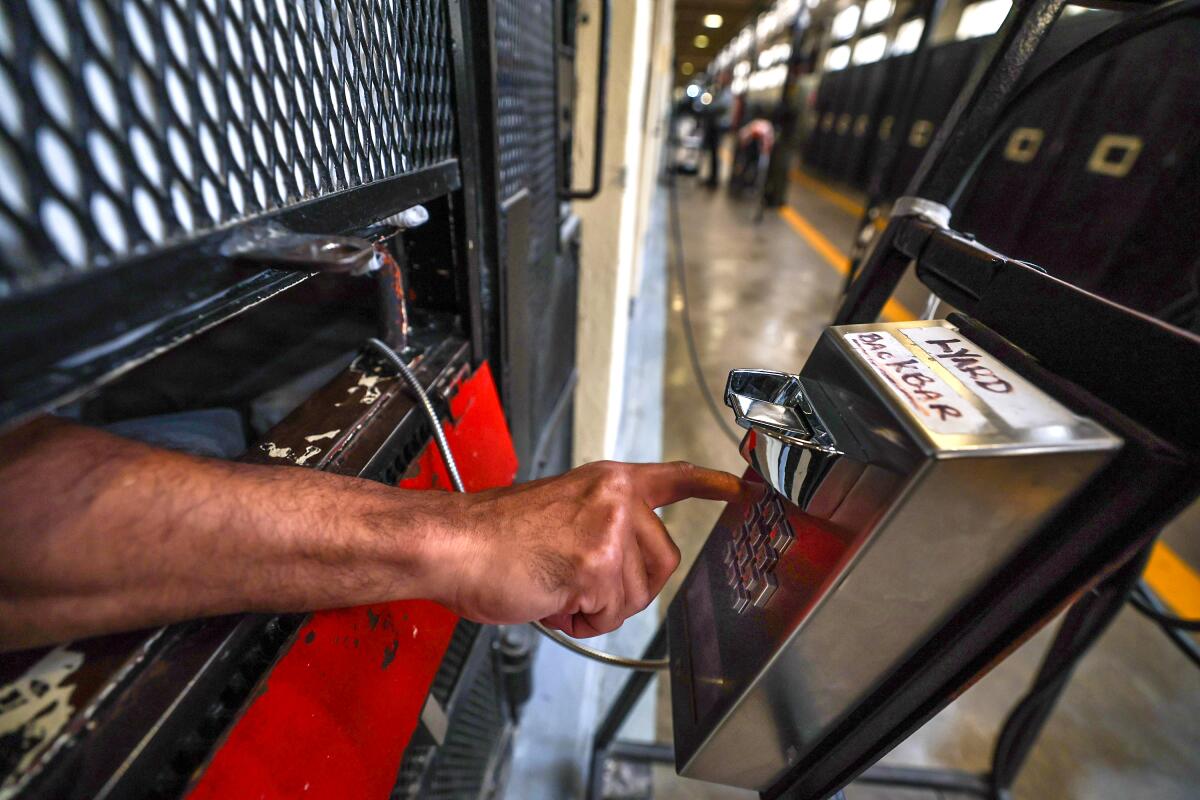
3
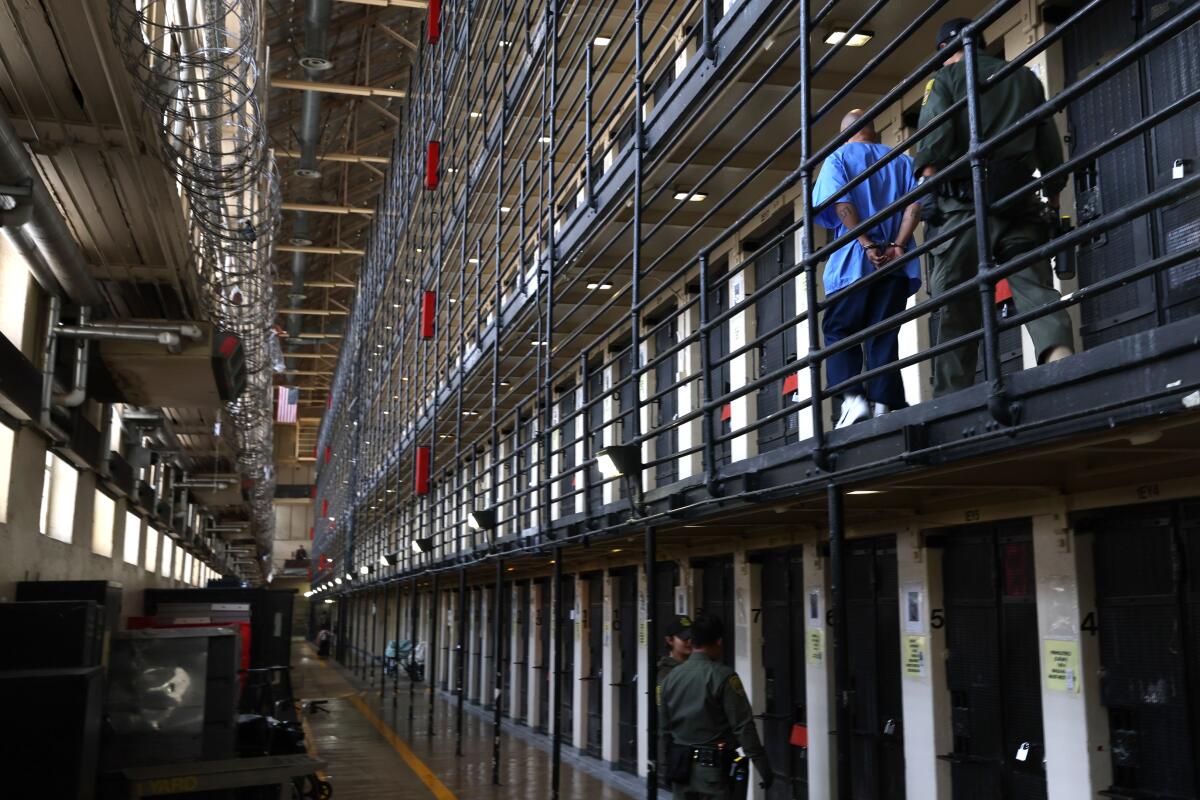
1. San Quentin inmate Kevin Bernoudy waits to be escorted from the East Block of Death Row. 2. A condemned inmate makes a phone call from his cell on San Quentin’s Death Row. 3. A condemned inmate is from his cell in San Quentin’s Death Row. (Robert Gauthier/Los Angeles Times)
1
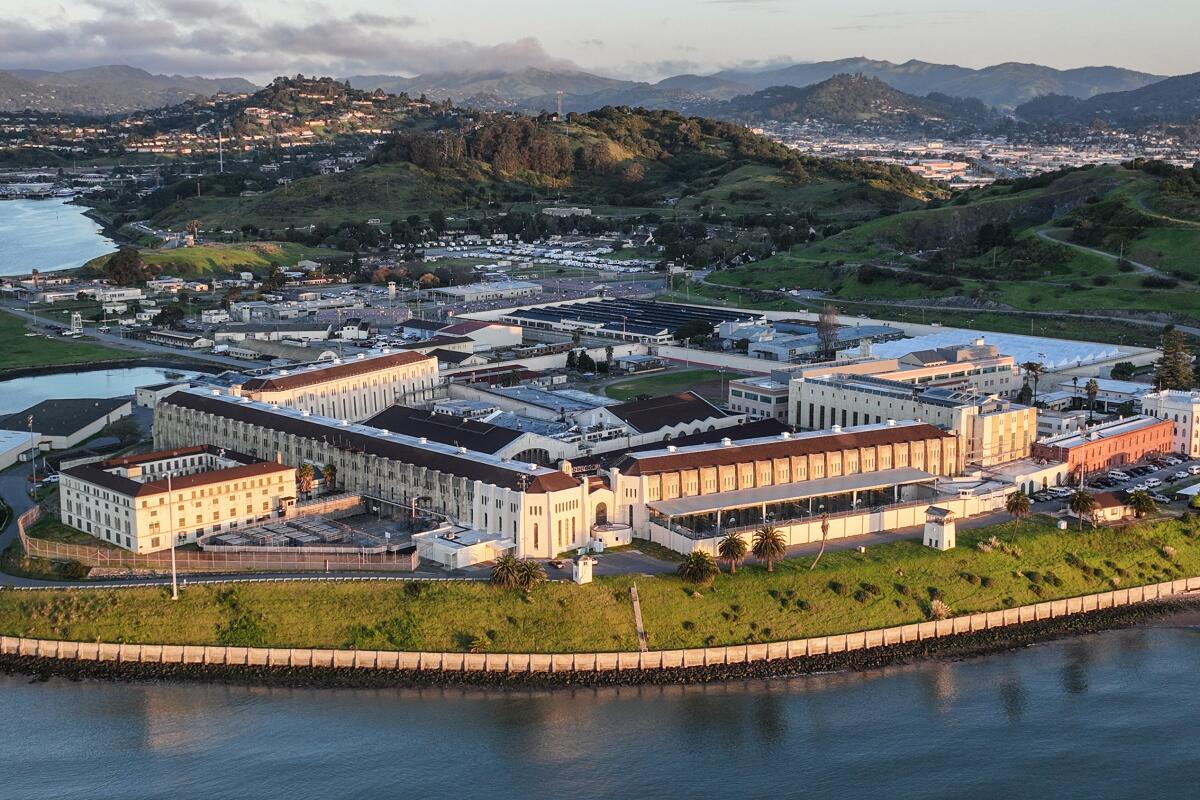
2
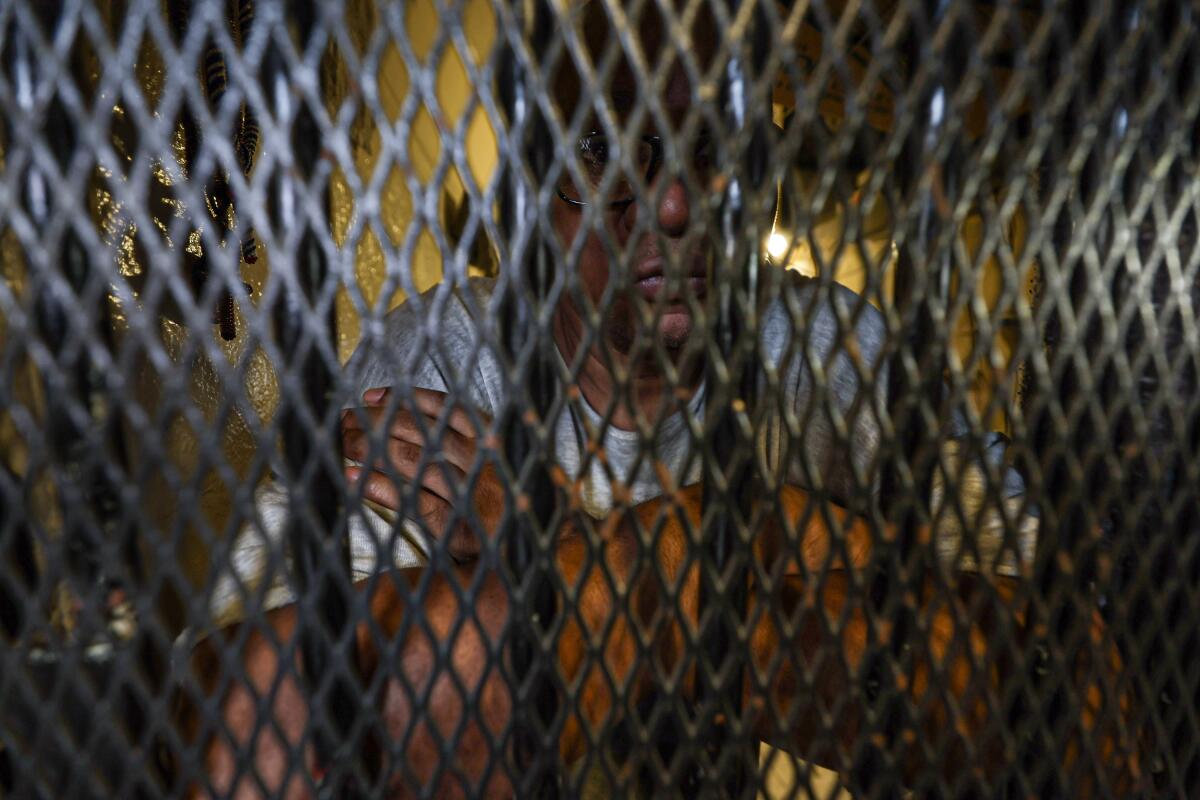
3
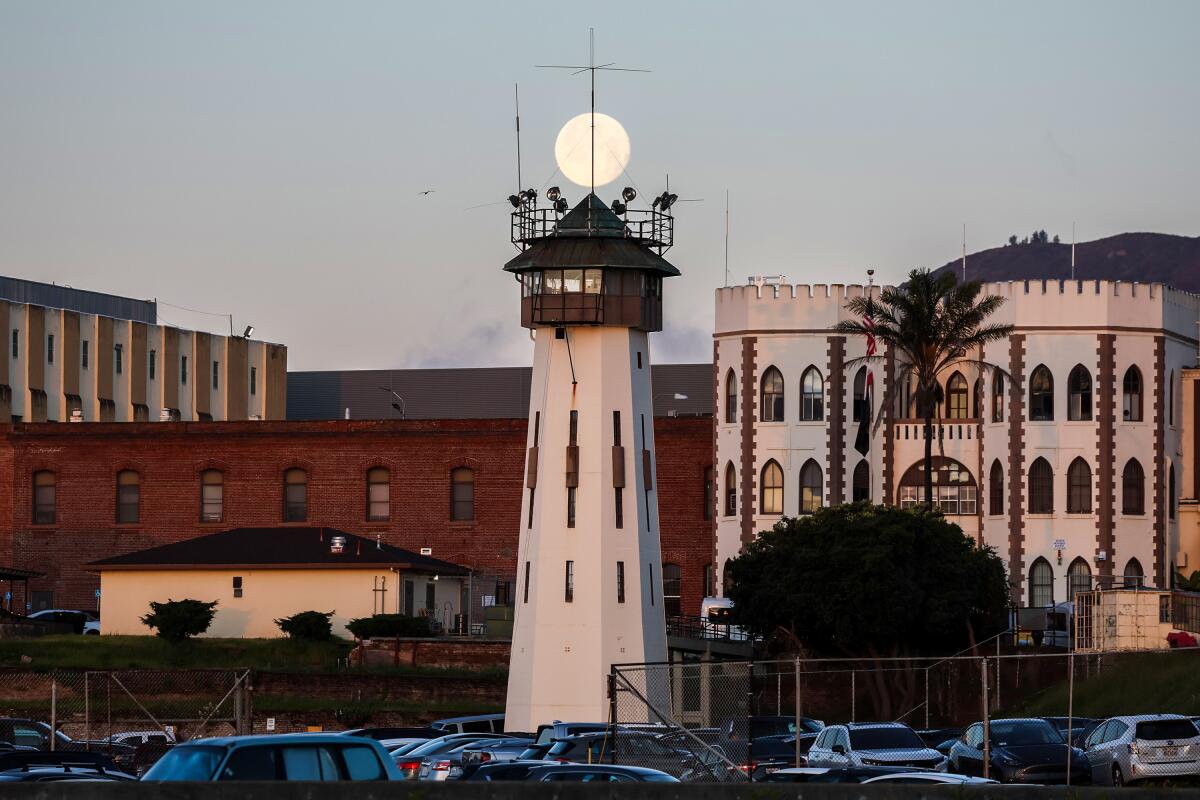
1. San Quentin Rehabilitation Center. California is shutting down San Quentin’s death row and transferring 471 condemned people out of the prison and into the general population at other prisons throughout the state. 2. On a tour of San Quentin Rehab Center’s death row. CDCR is moving to shut down death row at San Quentin. 3. San Quentin Rehabilitation Center. California is shutting down San Quentin’s death row and transferring 471 condemned people out of the prison and into the general population at other prisons throughout the state. (Robert Gauthier/Los Angeles Times)
Get the L.A. Times Politics newsletter
Deeply reported insights into legislation, politics and policy from Sacramento, Washington and beyond. In your inbox twice per week.
You may occasionally receive promotional content from the Los Angeles Times.




